Whether you like it or not, shitcoin season is in full swing right now. People are throwing in small percentages of their portfolios in high risk tokens in the hopes of striking gold. One strategy many employ is to try and get in as early as possible in these tokens, and by early I mean immediately after they have liquidity added to them on uniswap/pancakeswap. This is incredibly risky since upwards of 90% of tokens listed are scams, however the potential upside if you land a legit one are tremendous. Today I'll show you five simple checks you can do to decrease your chances of getting scammed on a new listing and increase the odds of you finding that hidden gem.
Don't feed the scammers, they live off of inexperienced traders aping blindly into brand new tokens. Employ basic checks on every single token before you even think about buying it.
Where to find these tokens?
These tokens all launch on DeFi blockchains, in this post I'll only use the Ethereum blockchain and the Binance Smart Chain in examples. You will need a web3 wallet such as Metamask to trade these tokens on decentralized exchanges such as uniswap (ETH) or pancakeswap (BSC). For a detailed guide on how to do this, consult this one.
https://etherscan.io/contractsVerified lists new verified contracts in the order they are created. Verified contracts allow you to inspect the contract code yourself to check if anything fishy is going on under the hood
DEXtools new pairs listings for Ethereum or the Binance Smart Chain, this is more useful as it provides a good summary of information for each token such as its initial liquidity and direct links to trade, check the contract on the block explorer and see the chart, among other things.
Telegram bots such as EtherTokenSpotter on Ethereum inform you whenever a new token is created with liquidity available, it also provides a quick check to see if the token is sellable or not. For the BSC I don't use one since too many tokens (and scams) are made on that chain in a day for it to be useful.
Common scams
Honeypot scams - the developer prevents you from selling the token after you buy it. Honeypot tokens have charts which show endless green candles with maybe the occasional sell by the developer himself to trick people into thinking it is safe.
Rugpulls - the developer provides a liquidity pair of ETH-shitcoin at the start to make trading possible, however they remove it at a later point in time, thus making further trading impossible and taking away all of the money deposited into the pool.
Slowrugs - the developer creates a bunch of wallets for himself before launch and slowly sells them off as the chart is growing, creating consistent downward sell pressure to zero.
5 checks to reduce your likelihood of getting scammed
Use simple rugcheck tools If you are familiar with solidity you can inspect the functions in the contract yourself, however this might lose you precious time if the token is a hyped launch. Instead you can run it through a rugchecker such as https://tokensniffer.com/, https://moonarch.app/ or https://honeypot.is/ by pasting the contract into the box. If the token is a honeypot, or has unlocked liquidity it should flag up, though it is not a 100% guarantee that the token is safe. However it should cut down the vast majority of copy and paste scams by lazy devs.
Check the history of the developer wallet From the DEXtools new pairs listing page, follow this image to get to the creator wallet for a token of your choice. In this example we are tracking the activity of the wallet that created the SHIBAZILLA token on the BSC. Here is the wallet. By checking the transaction history we can immediately see several red flags. If you ever see that a wallet has a transaction description with Remove Liquidity that means they have rugged a token in the past. If they call the function Pause that means they have disabled trading, potentially to give them time to execute a more malicious function. Set Tax Fee Percentage allows them to change the tax structure for the token. A common scam is to make the sell tax 99%, which means if you sell your tokens you will only receive 1% of what you should be getting, effectively making the token a honeypot. Finally even if a wallet looks clean, they may have scammed people before but on different wallets. Check the wallets which transferred funds into this wallet for similar red flags.
Inspect wallets owned by the developer We will be looking at the Erza Inu token on ETH in this example. Here is the token page on the block explorer. We want to see what the dev was doing before he added a liquidity pair and enabled trading. Under 'Transactions' click on the 'Last' page and scroll down to the very bottom. Here we can see that the dev first minted 100,000,000,000,000,000,000,000 tokens and sent half to the burn address (perfectly normal so far), but then sent 750,000,000,000,000,000,000 to more than 20 wallets before adding liquidity and allowing trading to begin. This means that a bunch of wallets were preloaded with a large supply of tokens before anyone could even buy one. Sometimes this is normal, such as in a presale in which the dev gives out tokens to people who bought them directly before launch, however in the case of Erza Inu this was a slowrug by the dev who consistently dumped tokens over time. You should always question wallet behaviour like this, and if you don't like the answers you receive, avoid. poocoin (poocoin.app) has a feature that checks this for you on the BSC.
Don't fall for the high burn trick A common trick developers will try is send a large proportion of the initial supply to the burn address to make it seem like the top wallets don't hold many tokens. For example consider the wallet distribution of Super Shiba on the BSC (accessible by clicking on the 'Holders' tab in the block explorer of the token). 98% of tokens were sent to the burn address, which means only 2% is in the circulating supply. So even though the block explorer says the top wallet holds 0.3777% of the supply, in reality they actually hold 18.8%! This means that any big sells by this wallet will have a substantially bigger selling effect than you might have expected! Generally anything higher than a 50% burn is almost always a scam and I avoid them.
Check for locked liquidity The single most common scam is when a dev runs off with all of the money accumulated in the unlocked liquidity pool. Because this scam is so easy to pull off for the contract creator, developers of legitimate projects can assure investors that they won't "pull the rug" on them by locking the LP tokens for a certain length of time in a smart contract on a third party website, such as https://dxsale.app/, https://mudra.website/ or https://www.team.finance/. As an example here is the activity of the developer wallet for SAMURAISHIBA on the BSC. We can see that they added liquidity and locked the LP tokens, however does that mean this token is safe? No! Click on the tx hash for the LP lock and scroll down to 'Click to see More'. Scroll down further to the 'Input Data:' section and click on 'Decode Input Data'. In the '_unlockTime' row we find the unix epoch time in which the LP tokens are returned to the contract creator, which in this example was 1635637921 seconds after 00:00 Jan 1 1970, or three minutes after the lock was created (use https://www.epochconverter.com/ to convert to your local time). Sure enough, immediately after the unlock the SamuraiShiba token rugged and the scammer profited $380. The most legitimate tokens will lock the liquidity for more than a year or even burn the LP tokens to prove they are committed to the project. Teams that lock the tokens for a short period of time are typically not committed to the project and are just looking for a quick pump and dump.
These five checks alone are not enough to completely protect you from scams. Scammers have developed more malicious contracts that can bypass these simple checks which I won't go into detail in case any are reading this thread. However these checks will protect you from the most basic scams which are plaguing the DeFi space right now.
[link] [comments]

You can get bonuses upto $100 FREE BONUS when you:
💰 Install these recommended apps:
💲 SocialGood - 100% Crypto Back on Everyday Shopping
💲 xPortal - The DeFi For The Next Billion
💲 CryptoTab Browser - Lightweight, fast, and ready to mine!
💰 Register on these recommended exchanges:
🟡 Binance🟡 Bitfinex🟡 Bitmart🟡 Bittrex🟡 Bitget
🟡 CoinEx🟡 Crypto.com🟡 Gate.io🟡 Huobi🟡 Kucoin.
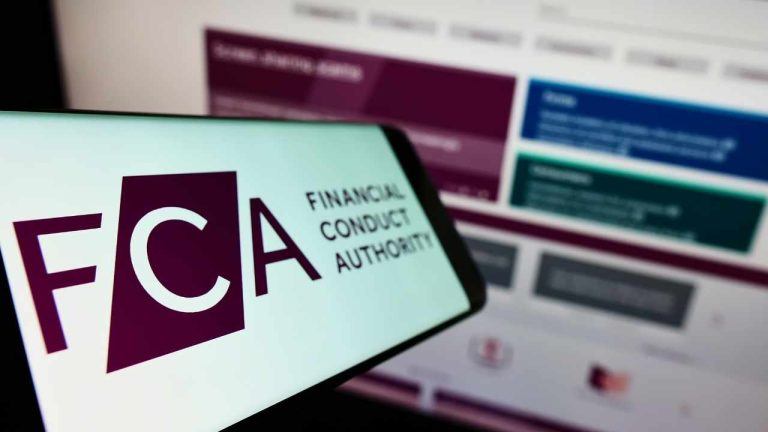

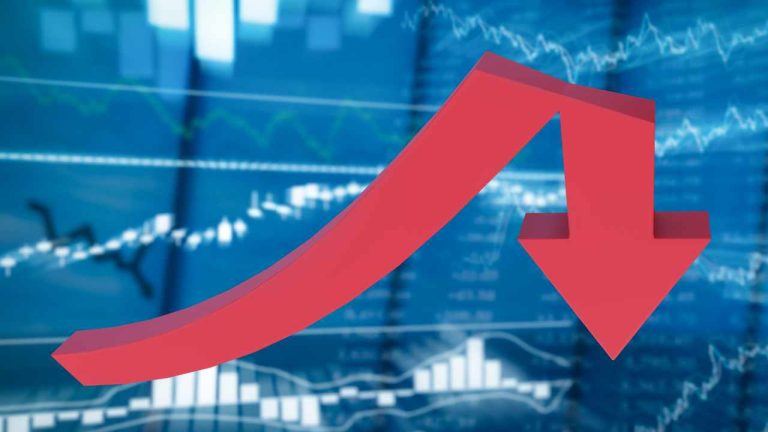



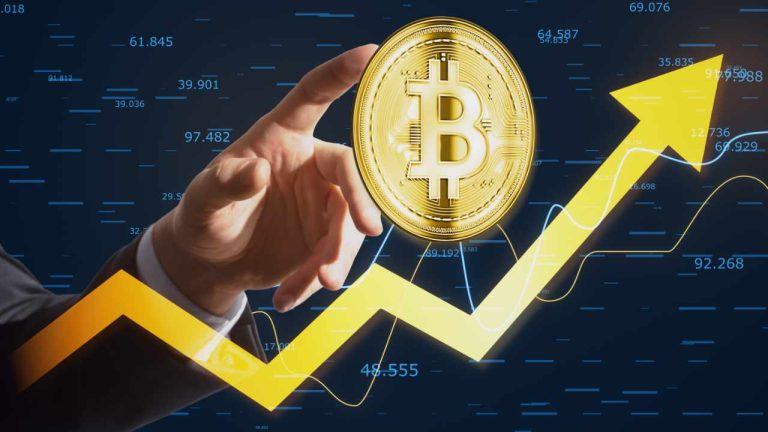
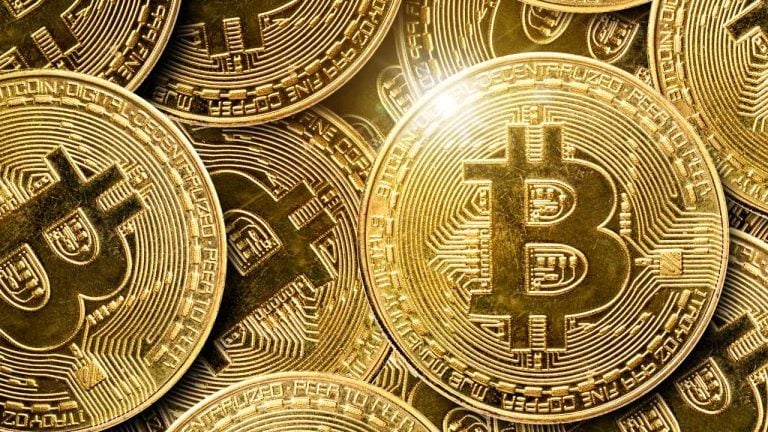
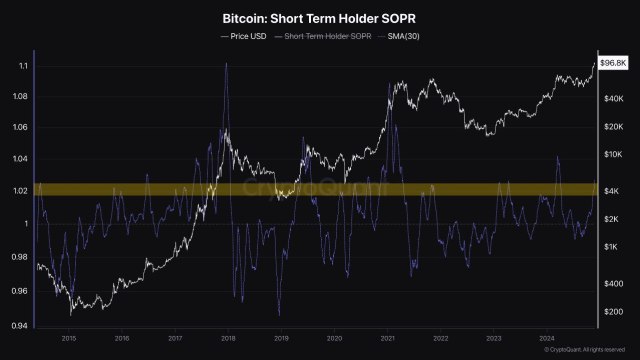
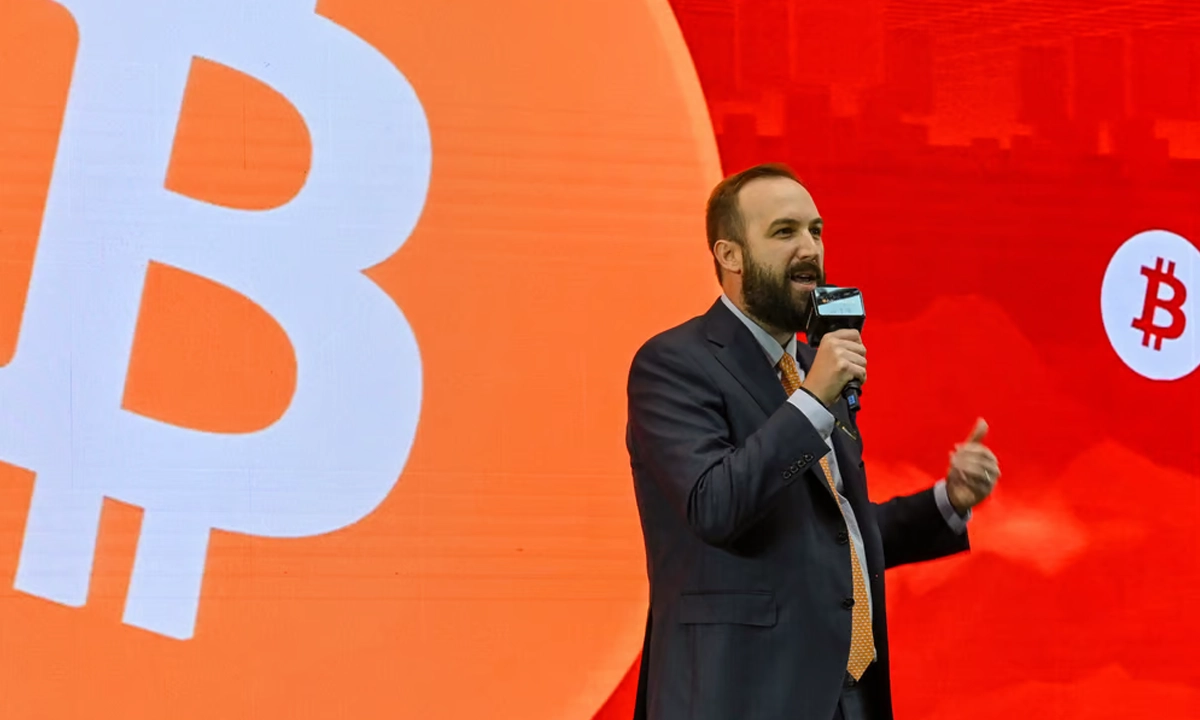
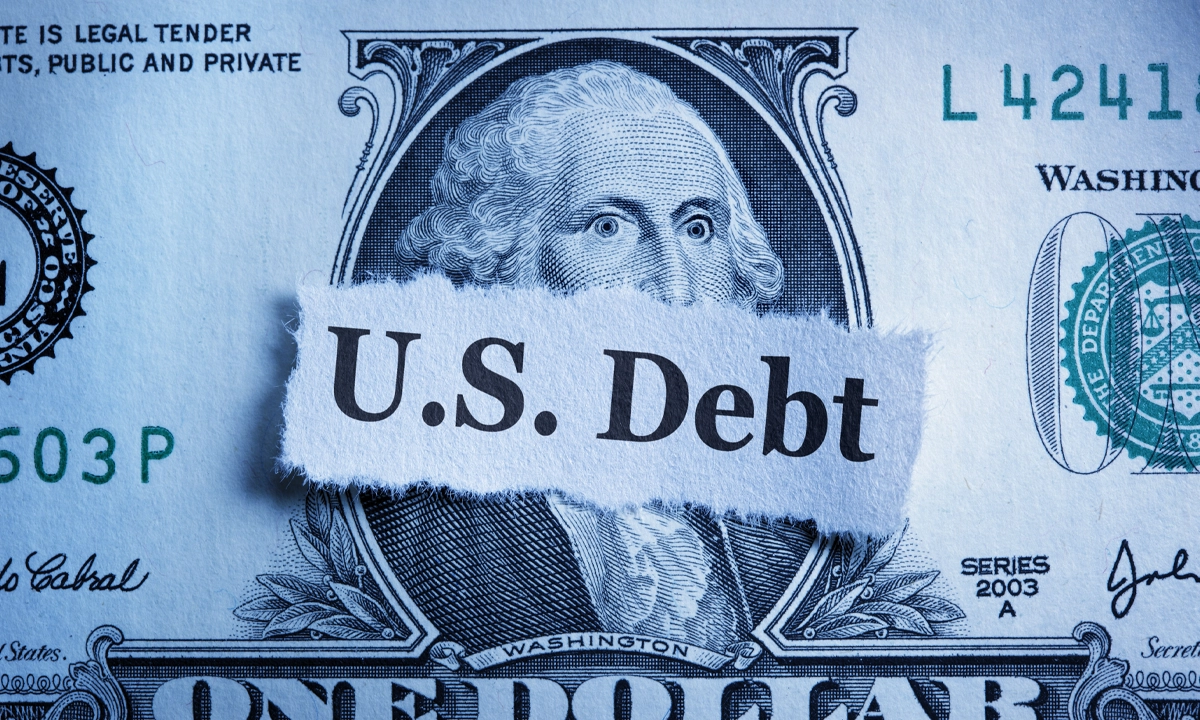


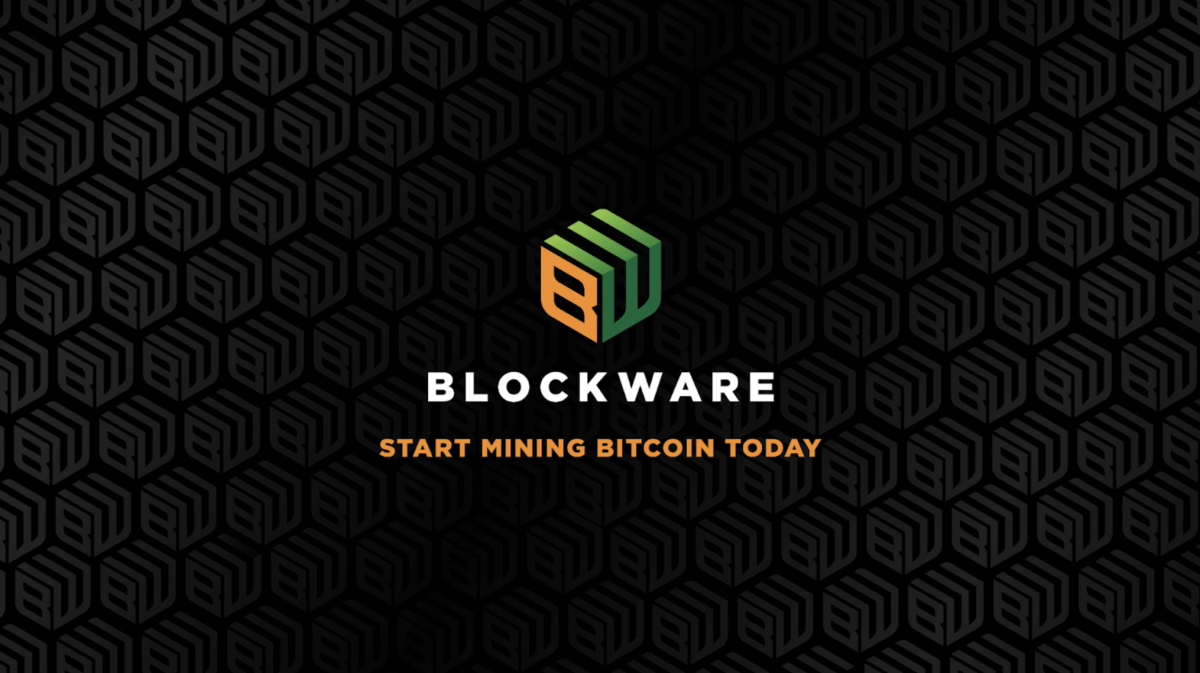
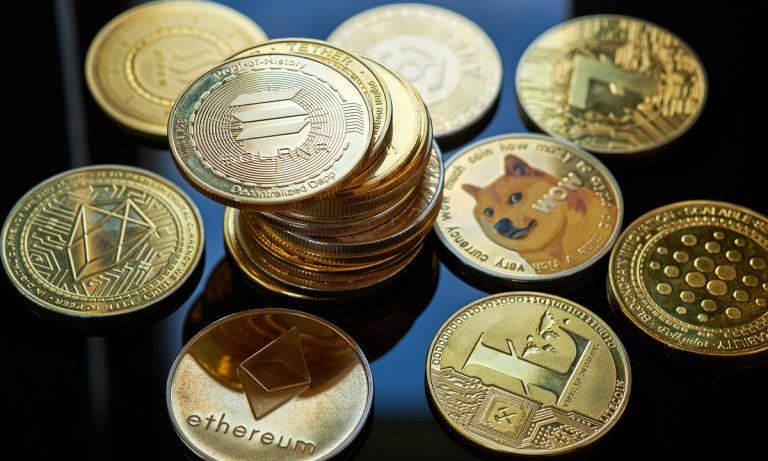

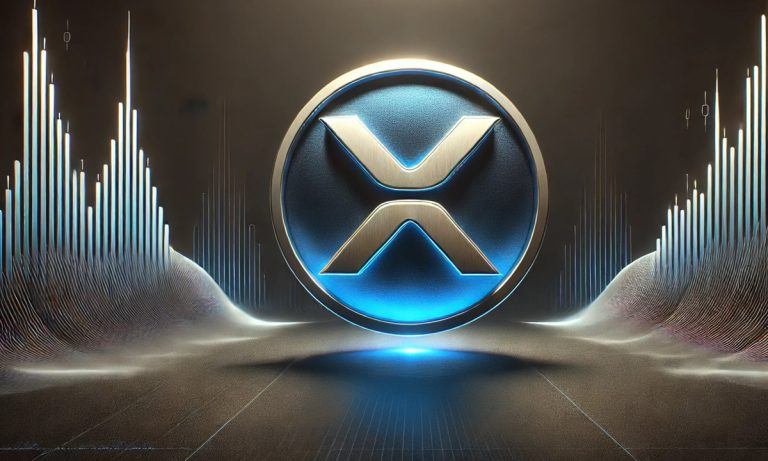
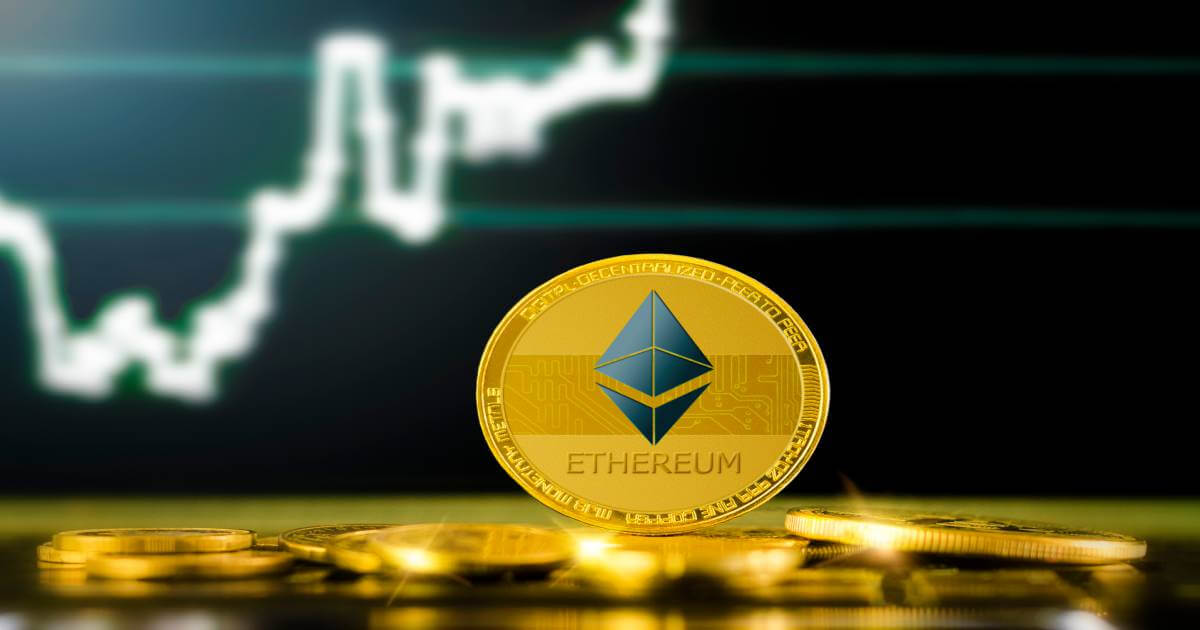

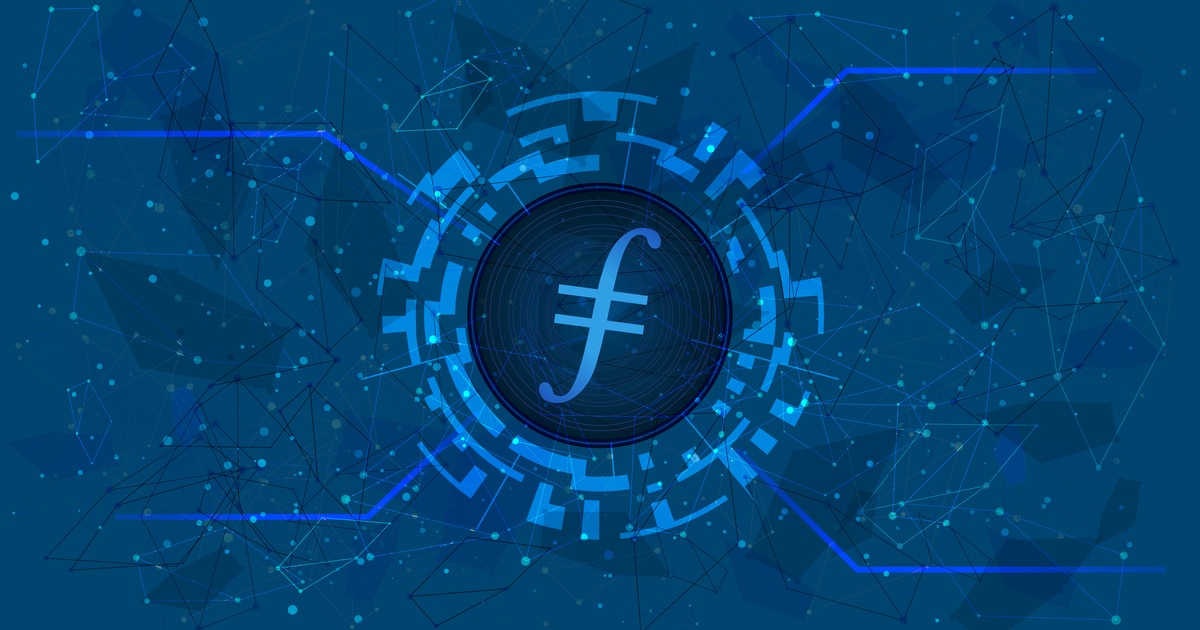
Comments